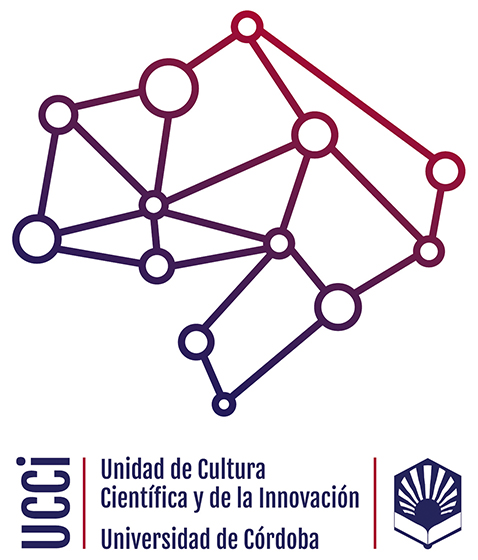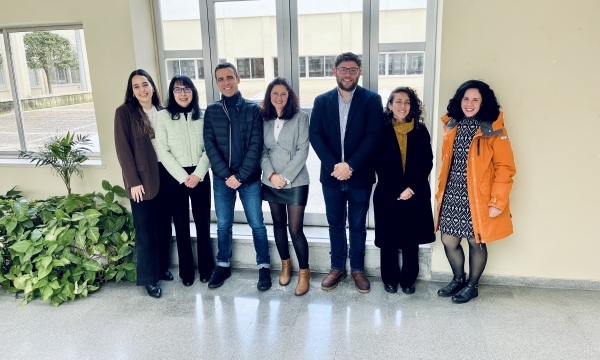The lack of social cohesion, growing distrust, and ultimately the absence of a shared space in which people can understand the world and relate to one another, represent a threat to societies and democratic systems.
To create effective policies and strategies to contain these phenomena, however, it’s essential to understand and measure how they actually work in real life.
A team led by Esther Cuadrado and Manuel Moyano from the Department of Psychology at the University of Córdoba is pursuing this goal through the DigiPatch project. Through this initiative, they have measured how certain processes that occur on social media—such as the loss of personal meaning, closed social environments (echo chambers), or exclusionary narratives—foster the formation of extremist “micro-identities” or those rooted in conspiratorial beliefs. These identities often lead to institutional distrust and a more divided, polarized society.
To carry out this research, the DigiPatch project collected data from 25,000 people at different points in time to compare how their identity evolved and to assess the influence of social media.
The study was conducted across five European countries and used a standardized survey to measure a range of participant variables, including personal needs, social support, narrative exposure, social alienation, and identity.
“This is really interesting because it allows us to compare different countries and essentially have a kind of natural laboratory,” explains researcher Esther Cuadrado, who leads the project at the University of Córdoba alongside Manuel Moyano.
Having empirical data from several countries also allowed the team to analyze the social impact of major events such as the U.S. elections, the DANA storm in Valencia, and the wars in Ukraine and Gaza.
The team collaborated with the KDIS Lab (Knowledge Discovery and Intelligent Systems) at UCO to analyze the data using Artificial Intelligence, with the goal of understanding why certain individuals undergo identity changes over time.
“This isn’t very common. Generally, we tend to maintain a stable identity,” Cuadrado clarifies, who also heads the Psychology Department at UCO. “We want to see, through the use of AI, whether there are specific variables closely related to identity changes over time,” she explains.
Applying data science and machine learning to the field of psychology remains uncommon, but it could open new avenues for studying how social dynamics are shifting in the digital age.
In fact, the study also uses AI to identify which variables (social media use, age, culture, etc.) might be generating exceptional patterns among the population—meaning unexpected or contrary reactions compared to the general trends observed.
The project is also part of CHANSE (Collaboration of Humanities and Social Sciences in Europe), a European initiative that funds collaborative studies on the social and cultural transformations taking place in the digital era. It includes the participation of the University of Gothenburg (Sweden), the Free University of Berlin (Germany), UCL (United Kingdom), and Jagiellonian University in Krakow (Poland), which leads the project.
Social Media Exploits Basic Needs to Shape Our Identity
To explain why social networks are so effective at shaping extremist micro-identities, the study is based on Kruglanski’s 3N Model (Need, Narrative, Network), which posits three key—though not exclusive—motivations behind polarization or radicalization: The need to feel important and visible to others, the narratives and ideologies people are exposed to on social media, and the network of support they form online, which validates those narratives and ideologies. These needs—this search for meaning—could be the key to understanding how digital media shapes our identity and may push it toward more extreme or conspiratorial forms.
The project, now in its final phase, will publish its results through a series of reports that will include recommendations for strategies and policies aimed at containing processes of polarization and social fragmentation. Additionally, a more descriptive report will analyze the most commonly used platforms and differences by gender, country, and other demographics.
This report is included in the activities carried out in the project "Desarrollo de redes de asesoramiento y gestión de proyectos europeos I+D+i en la UCO" with acronym "DevelOPE", within the framework of grant GPE2023-001243-P financed by MICIU/AEI/10.13039/50110001103.


